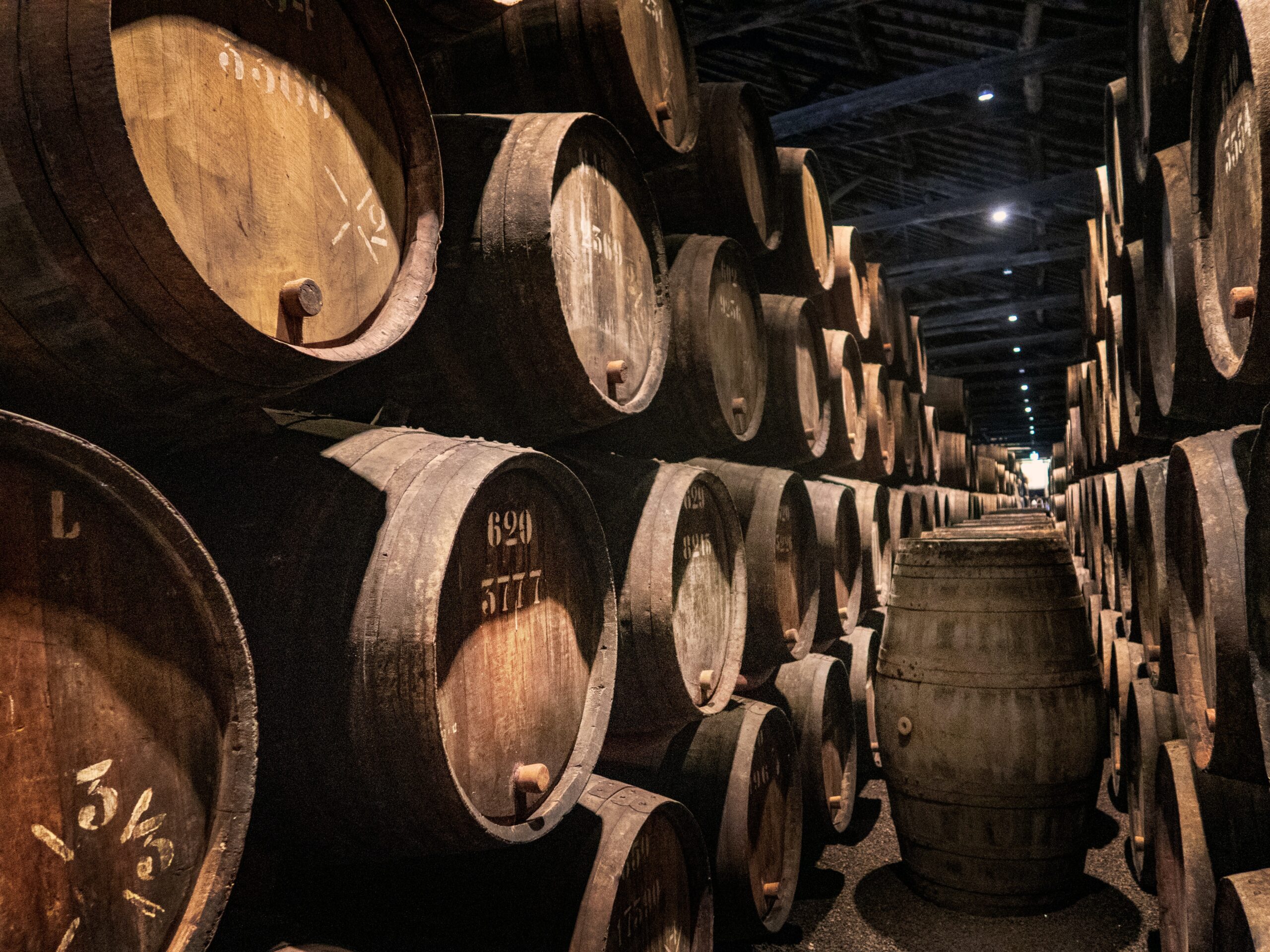Many wood types have been used to make whisky wood casks throughout history. However, by law, they must now be constructed of oak. Oak is tough and watertight yet easy for the cooper (the people who make casks) to work with and manipulate. It also has tight grain that prevents leaking but is porous to allow oxygen in and out of the cask.
Oak contains a naturally occurring compound called vanillin. This is drawn out of the wood by the spirit during maturation and adds to a whisky’s flavour – unsurprisingly, vanillin smells and tastes of vanilla.
Naturally, there are several other factors that affect flavour – distillery character, size and shape of the stills, ingredients, and location are all important. But, up to 75% of a whisky flavour will come from the wood casks that it is matured in.
There are three main types of oak used in the Scotch whisky industry:
European oak (Quercus robur)
European oak has traditionally been used to mature whisky in Scotland for nearly two centuries. Until the mid-1800s, oak from England and Scotland had been used to mature whisky but this was prone to leaking. Russian oak was later imported – this was stronger and less porous but very expensive.
When Spain began exporting sherry to the UK in the 1860s, the wood casks used for maturation and transportation were made from Spanish oak. This had similar properties to Russian oak but was much cheaper. This oak is traditionally grown in the temperate climate of the Galicia region in northern Spain.
Although the sherry industry has been in decline since the 1980s, Spanish oak is still commonly used and sought after. This is despite the price of a sherry cask currently costing several times more than an ex -bourbon American oak cask.
The other type of European oak used in modern whisky maturation is French oak. This is traditionally made into casks for the wine or Cognac industries and often comes from the Limousin region of France. Most are used by distilleries to give a different ‘finish’ to their whiskies. Other European oak variants used include from Hungary or Portugal.
Whiskies matured in European oak will exhibit aromas and flavours of dried fruit (sultanas, raisins, candied peel), baking spice (cinnamon, nutmeg, clove), nuts, and caramel.
American oak (Quercus alba)
American oak is a relatively new addition to the Scotch whisky industry, having been introduced in the late 1950s. At that time, the US government, coopers’ union, and lawyers formulated a law that stipulated all American whiskey must be matured in new oak casks. This was done to boost the coopering industry that had collapsed during the Prohibition period of 1920-1933.
As a result, there was a massive increase in the number of wood casks available. The American bourbon whiskey industry slowly recovered in the decades following Prohibition and the Scots began importing their wood casks for maturation. Due to the law, there was a consistent supply, and this kept costs down.
American oak is seen as perfect for whisky cask construction as the trees are fast growing with tall straight trunks, giving tight grain and high levels of vanillin. Most American oak is sourced from the Ozark Mountains in the state of Missouri.
Whiskies matured in American oak will show aromas and flavours of vanilla, honey, nuts (coconut, almonds, hazelnuts), butterscotch, fudge, earthy spices (ginger), and white chocolate.
Japanese oak (Quercus mongolica)
A more recent introduction to the Scotch whisky scene is Japanese oak, also known as mizunara oak. Mizunara has been used in the Japanese whisky industry since the 1930s and gives the whisky a unique set of flavours. The wood has extremely high levels of vanillin but is soft and very porous. This makes mizunara wood casks prone to leaking and easily damaged.
As a result, the practice of maturing whisky was modified to reduce these factors. Now most Japanese whisky is matured in either bourbon or sherry casks and then transferred to mizunara casks for a shorter finishing period to gain its flavoursome characteristics. While the use of mizunara oak continues to grow, it remains a small percentage of what is being matured in Scotland.
Key aromas and flavours that you can expect from Japanese mizunara oak are vanilla, honey, florals (blossom, honeysuckle), fresh fruit (pears, apples), spice (nutmeg, cloves, ginger), and lemon zest.




